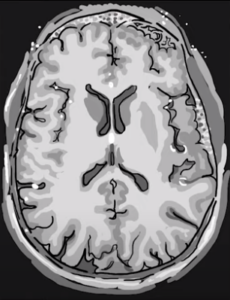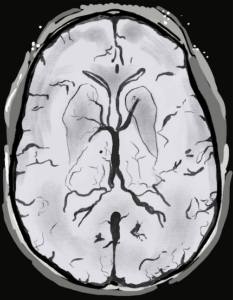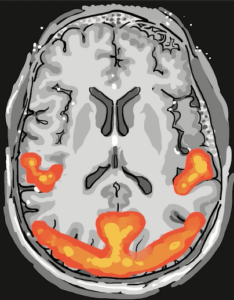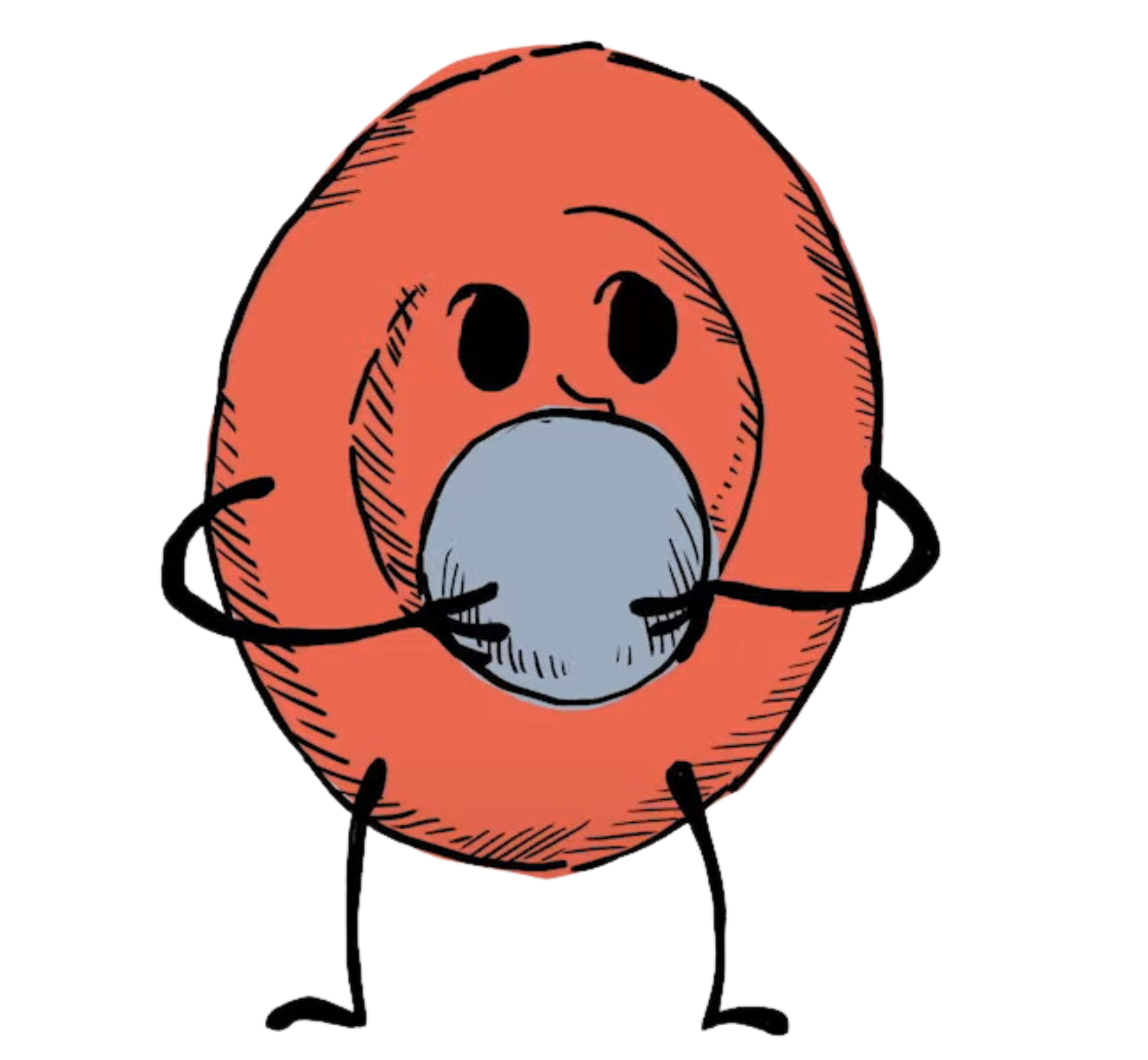About the project
The concept behind Understanding MRI was developed by the Department’s Physics Group, in collaboration with the Public Engagement team. They wanted to explore better ways to connect with research volunteers and people visiting the Department around the basic principles of magnetic resonance (MR) physics.



MR physics underpins the Department of Imaging Neuroscience’s research. However, sometimes a lack of accessible information about the technology can prompt uncertainty and serve as a barrier to people participating in MRI studies.
The Physics Group reflected that they often receive lots of questions from research volunteers about MRI and how it works, and they wanted to find a meaningful way to answer these questions. They decided that creating a series of animations would be an effective technique to clearly explain complex ideas in a way that could be adapted to suit different topics, and shared widely.
In order to develop the project, they collaborated with three research teams from across the Department who regularly interact with research volunteers:
- The PLORAS team who have collectively scanned over 1000 stroke survivors
- The qMAP-PD team who have worked with over 200 people with Parkinson’s in their research
- The Imaging Support team who provides the technical radiographic expertise to carry out all of the MRI scans that are integral to these studies.
The team knew it would be crucial to engage with research volunteers, so they recruited a focus group who would play a fundamental role in co-developing the animations. Accessibility was a key priority, and so the team took on the challenge of creating animations which strike the balance between maintaining a high level of scientific accuracy while also ensuring they are accessible and engaging.
Thank you to all of the research volunteers who co-developed the animations alongside the team, and our animator, Alice Haskell, for bringing them to life. See more details here.


